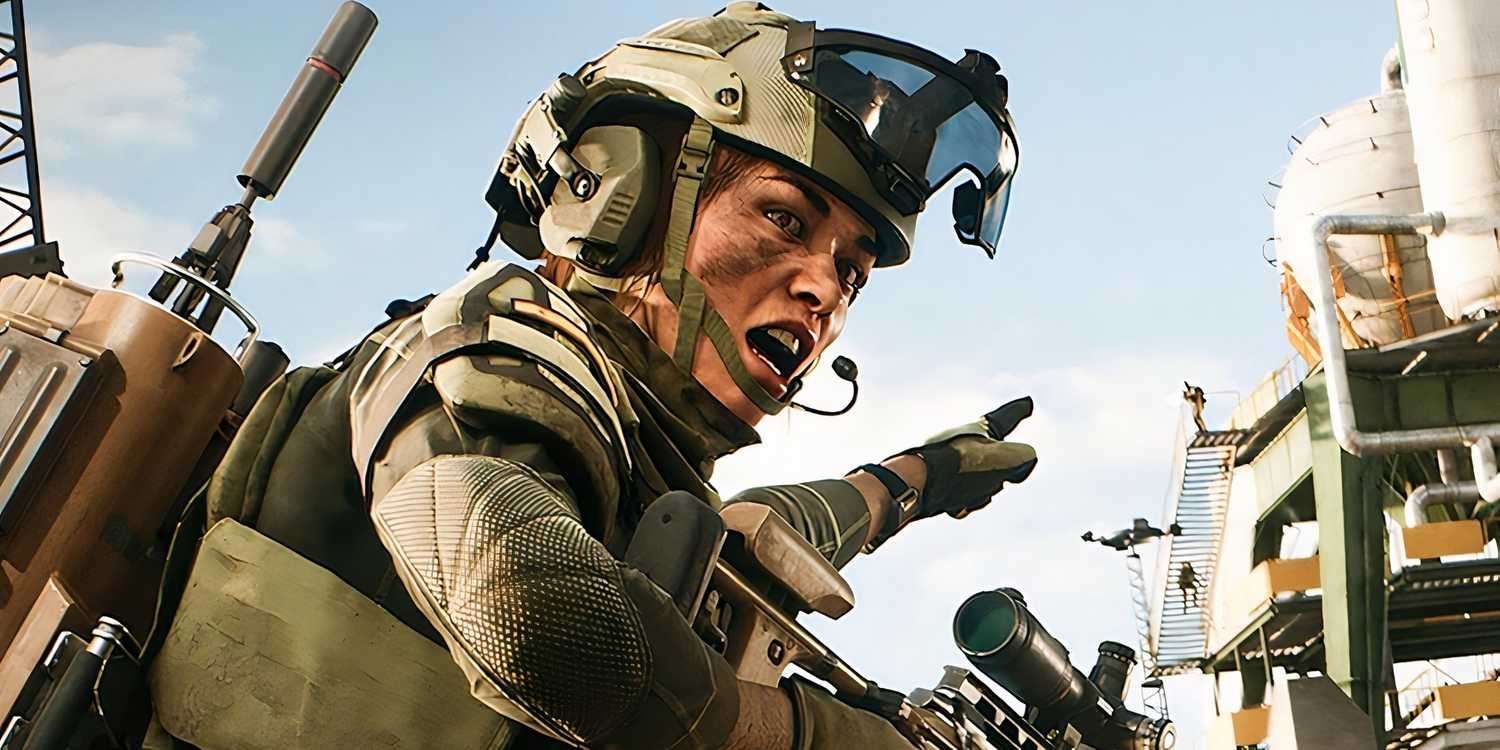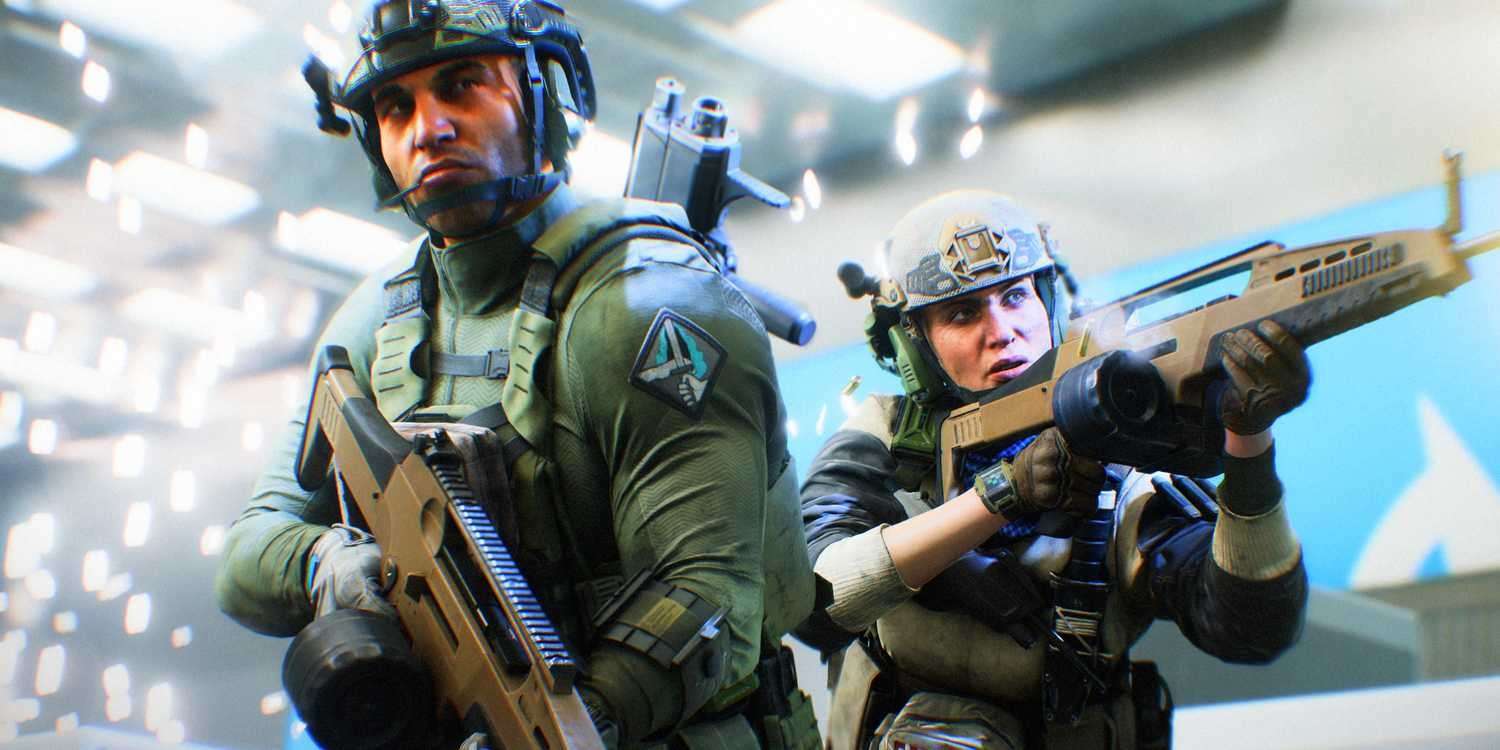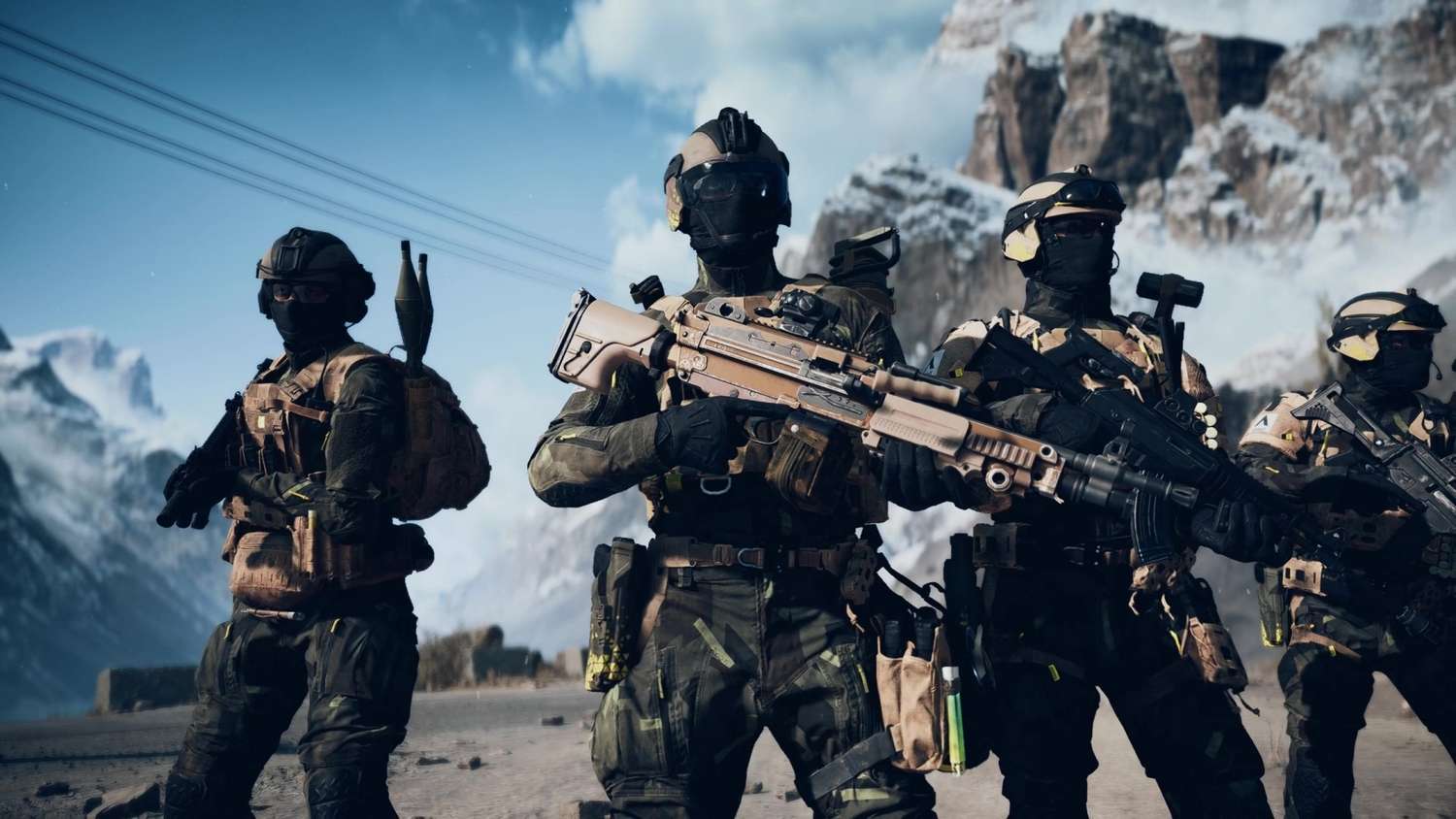Unforeseen Player Engagement: The Surprising Number of Gamers Who Completed the Battlefield 6 Campaign
Popular Now
 The launch of any major AAA shooter title is typically dominated by conversations around its multiplayer components. For franchises like Battlefield, the single-player campaign is often viewed as an afterthought—a necessary but ultimately short add-on. However, recent digital metrics from Electronic Arts (EA) and independent tracking sites have unveiled a truly surprising trend regarding Battlefield 6: a significantly higher percentage of players finished the campaign than anticipated. This unexpected success demands a closer look, offering vital lessons for future video game development and player engagement metrics.
The launch of any major AAA shooter title is typically dominated by conversations around its multiplayer components. For franchises like Battlefield, the single-player campaign is often viewed as an afterthought—a necessary but ultimately short add-on. However, recent digital metrics from Electronic Arts (EA) and independent tracking sites have unveiled a truly surprising trend regarding Battlefield 6: a significantly higher percentage of players finished the campaign than anticipated. This unexpected success demands a closer look, offering vital lessons for future video game development and player engagement metrics.
This report delves into the startling data, examines the potential drivers behind this increased completion rate, and discusses the long-term ROI (Return on Investment) for developing high-value single-player content in a market saturated with live service games. For industry analysts and casual gamers alike, these figures challenge long-held assumptions about how consumers interact with premium first-person shooters.
The Industry Context: Why Campaign Completion is Typically Low
For the past decade, the industry standard has dictated that single-player campaigns in multiplayer-focused franchises see notoriously low completion rates. The conventional wisdom—that players buy these games exclusively for the online competitive experience—is strongly supported by historical achievement/trophy data. For most major FPS titles, the “Campaign Completed” achievement rarely exceeds the 20-30% threshold, even on platforms with high player bases like Steam or PlayStation Network.
The low completion rate is often attributed to several key factors:
- Multiplayer Focus: Core fans rush directly to the main draw—the large-scale online battles—often skipping the campaign entirely to gain an early edge in rank progression.
- Perceived Low Quality: Campaigns are sometimes criticized as generic or rushed, serving merely as a tutorial or marketing showcase for the game’s mechanics rather than a compelling narrative experience.
- Time Commitment: In a world of limited gaming time, players prioritize the indefinite engagement of multiplayer over a finite, 7-to-10-hour campaign.
This context makes the performance of the Battlefield 6 campaign, which was generally described as “a clear return to the grounded shooter campaigns of the early 2010s” but still received mixed critical scores (a 5/10 from one major outlet, balanced by generally positive user reviews), an intriguing anomaly. The campaign, which focuses on a global conflict between a fractured NATO and the private military company Pax Armata, provided a serious, geopolitical narrative that seemingly resonated deeper than expected.
 The Completion Rate Anomaly: Defining the Battlefield 6 Success
The Completion Rate Anomaly: Defining the Battlefield 6 Success
While specific, official completion percentages are typically proprietary data held by EA, independent data aggregators tracking achievement unlocks paint a clear picture. The unlock rate for the final mission achievement in Battlefield 6 is tracking substantially higher than its modern predecessors. This metric is a crucial indicator of true player engagement, showing that not only did players start the nine-mission story mode, but they committed to seeing the entire narrative through to its conclusion.
Key Data Highlights and Speculation (Based on Nov 2025 Reports):
- Higher-than-Average Metric: Preliminary analysis suggests the completion rate is nearing the 45-50% range on console platforms, a figure almost unheard of for a game predominantly purchased for its competitive online mode.
- Incentive Impact: The rewards for campaign completion, which included exclusive class skins, unique weapon charms, and a significant XP boost for multiplayer, played a critical, measurable role. The ability to unlock valuable, high-demand cosmetic items without using the microtransaction store offered a clear value proposition.
- Trophy Hunters vs. Casuals: The campaign’s relatively short length—estimated at 7 to 10 hours for a full playthrough with collectibles—made it an approachable target for achievement hunters, but the sustained high completion rate indicates that a large segment of the casual player base was also driven to completion.
Gaming Completion Rates are a high-value metric for investors. A completed game often signals player satisfaction and loyalty, making the player more likely to engage with post-launch premium content and battle passes. For EA, this is a clear win, transforming the campaign from a cost center into a powerful funnel for sustained multiplayer monetization.
Dissecting the Key Drivers: Why Did Players Finish?
The dramatic increase in campaign completion is not coincidental. It is the result of deliberate design choices that prioritized linking single-player content directly to the enduring multiplayer economy. This strategic integration is the most significant takeaway for the entire video game industry.
1. Meaningful In-Game Rewards & Monetization Strategy
Unlike previous installments where campaign rewards were often negligible dog tags or low-tier unlocks, Battlefield 6 tied high-visibility, exclusive rewards to completing the story. The unlockable “Pax Armata Leader” Assault skin, for instance, became a desirable status symbol early in the multiplayer cycle. By making a connection between the single-player experience and the multiplayer progression system, DICE successfully incentivized time spent in the campaign.
- Cosmetic Exclusivity: The skins offered are campaign-exclusive, meaning they cannot be bought in the in-game store, driving players to earn them.
- XP Boost: Completing missions efficiently provided a substantial boost that helped early adopters quickly level up, a form of high-value content for time-conscious players.
2. Strategic Length and Pacing
The campaign’s estimated 7-10 hour runtime hit a sweet spot. It was long enough to establish the new world (set between 2027 and 2028), introduce the conflict with Pax Armata, and provide emotional character moments, yet short enough to be completed over a single weekend. This avoids the fatigue associated with excessively long campaigns that often see a sharp drop-off in completion after the halfway mark.
 3. Quality Narrative and Tone
3. Quality Narrative and Tone
After the narrative absence of Battlefield 2042, the return to a more serious, grounded tone reminiscent of Battlefield 3 and 4 was a major critical discussion point. The story, focusing on a global conflict and the moral ambiguity of modern warfare, provided a narrative hook that previous entries lacked. The quality of cutscenes, particularly the final twist, and the visual fidelity—specifically designed to showcase the power of the PlayStation 5 and Xbox Series X/S—served as a powerful narrative draw.
Future Implications: The Development Budget Shift
The success of the Battlefield 6 campaign completion rate has profound implications for the competitive FPS landscape. It proves that the narrative, single-player component is not a vestigial feature but a crucial part of the overall product’s value proposition, particularly when tied intelligently to the primary monetization strategy.
This data effectively makes the case for investing significant development budget into the single-player component, an area that has seen cost-cutting in recent years. Instead of merely being a standalone mode, the campaign is now proven to be a valuable asset in the player retention and reward loop.
Key Takeaways for the Gaming Industry:
- The Campaign as a Tutorial: A well-designed campaign serves as the ultimate, engaging tutorial, ensuring all players are familiar with weapons, vehicles, and specialist abilities before entering the complex multiplayer environment.
- The Future of Rewards: Expect future FPS titles to heavily front-load desirable cosmetic unlocks into the single-player mode, turning story completion into a foundational step of the player’s journey.
- Validation of Cost: With an estimated development budget exceeding $400 million, every component must justify its expense. The high completion rate provides the necessary metric to validate the significant investment made in the campaign by the collective “Battlefield Studios” (DICE, Criterion, Motive, and Ripple Effect).
In conclusion, the story of Battlefield 6 is not just about its high-octane multiplayer; it is a critical case study demonstrating that when single-player content is made meaningful, rewarded appropriately, and integrated strategically, the player base will respond with surprising levels of engagement. This is a clear signal that the golden age of compelling, mid-length FPS campaigns may be making an unexpected, yet welcome, return.